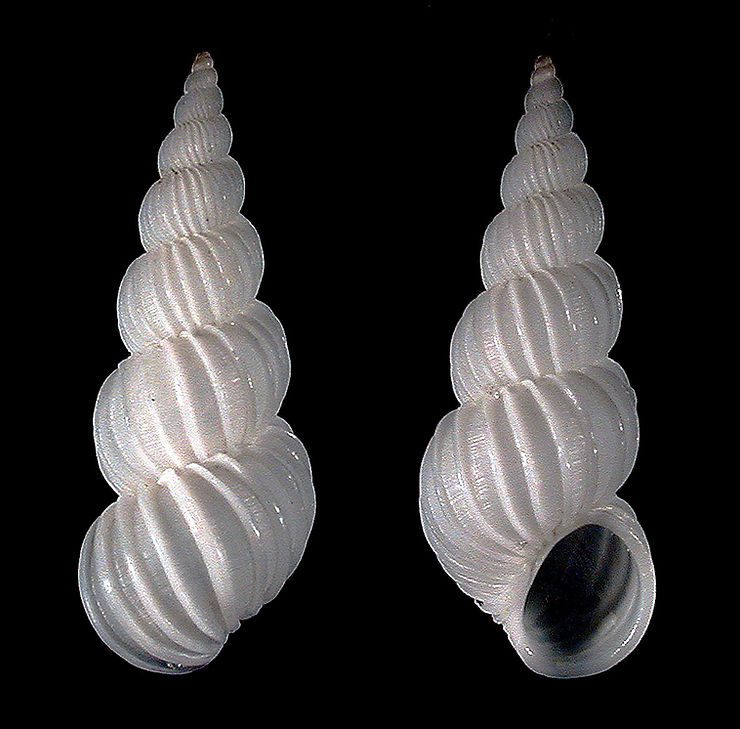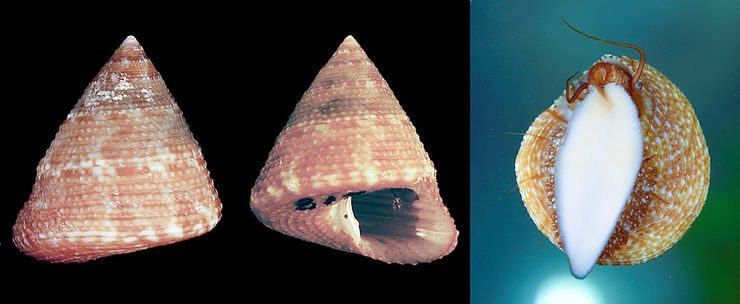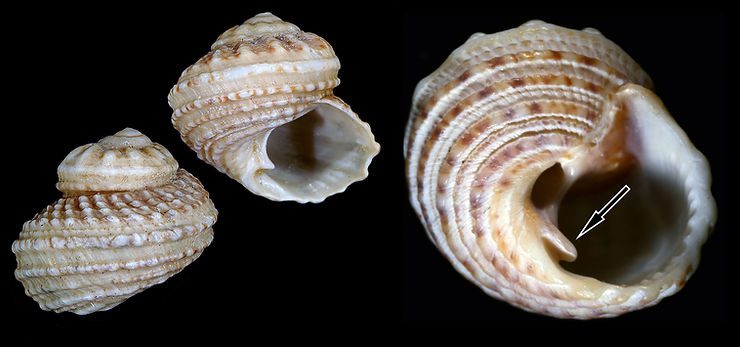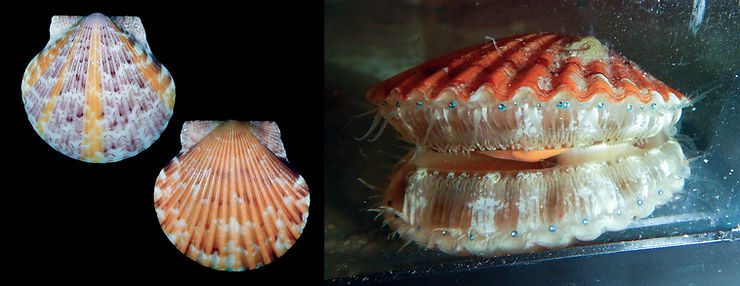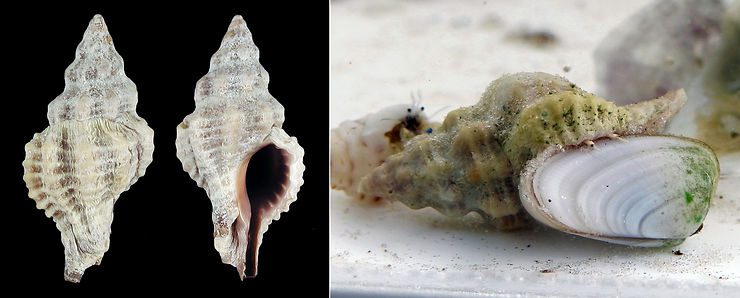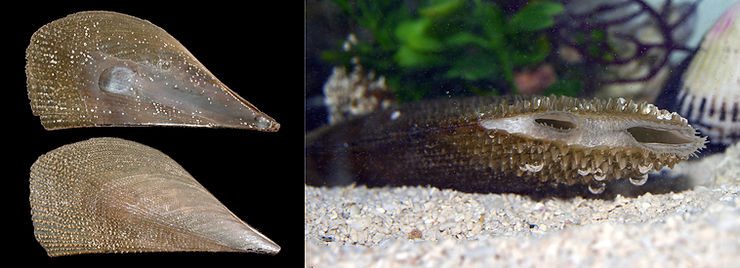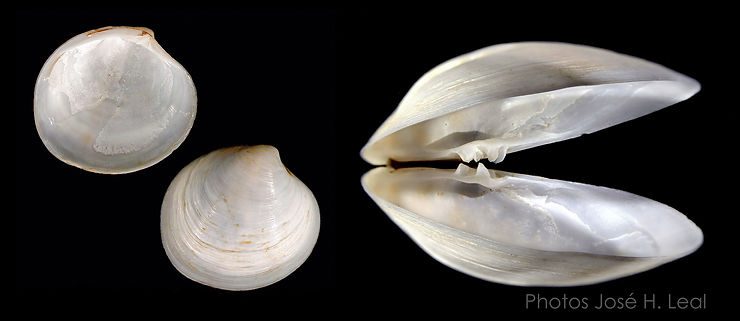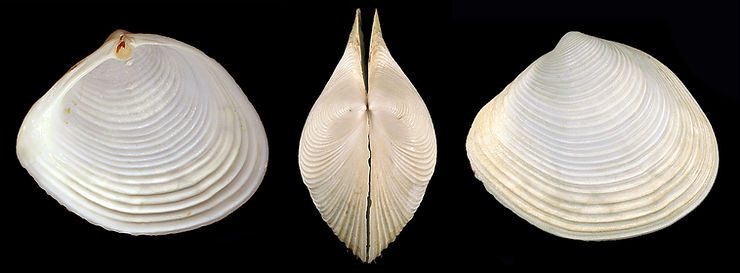
The Sharp-rib Drill
The Sharp-rib Drill, Eupleura sulcidentata Dall, 1890, was first featured in this column in March 2015. Its shell has a "flattened" appearance, thanks to the blade-like varices ("ribs") that occur alternately every 180 degrees (every half-whorl). Sharp-rib Drills use their ribbon of teeth, known as radula, to etch tiny holes into the shells of other mollusks. Part of the feeding process, the holes allow the drill to inject paralyzing compounds into the prey's tissues. As many marine snails do, S
